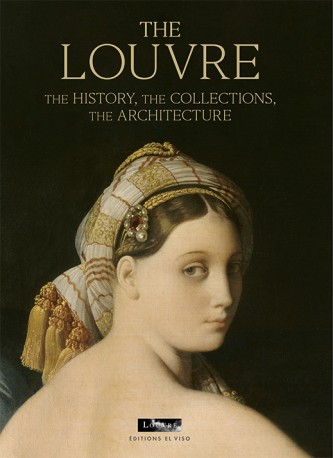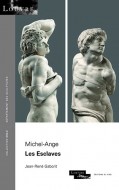
The Louvre. The History. The Collections. The Architecture
Each year, more than ten million visitors from all over the world visit the Louvre's 68,000 square meters of galleries that offer more than 35,000 works of art to the public. Enriched by the opening of an eighth department, that of Islamic Art, and by the creation of the Louvre-Lens, and the Louvre Abu Dhabi, the Musée du Louvre has assumed its place as the world’s premier museum.
What is the history of this important heritage site? How did its prestigious collections develop? This is what this book proposes to retrace through a rich iconography.
A fortified castle in the Middle Ages and later home to the kings of France, the Louvre has been the setting for eight centuries of history. Its origins date back to the 12th century, when King Philippe Auguste decided to protect Paris, his new capital, by providing it with a fortress on the right bank of the Seine. With Charles V, the Louvre became a royal residence, which the Valois and Bourbon kings continued to expand, develop and embellish. The most brilliant architects, sculptors and painters were called upon to work there. Home to the Academies of Painting and Sculpture and the residence of many artists in the 18th century, the Louvre confirmed its vocation as a temple of the arts with the opening in 1793 of the ‘Muséum des Arts’, the first national museum open to the public.
From then on, its collections, originating from the royal collections, would be enriched through a continual stream of acquisitions, archaeological discoveries, donations or bequests. In the 1980s, the ‘Grand Louvre’ project, symbolised by the famous pyramid by I. M. Pei, put the finishing touches to these centuries of transformation.
30 other products in the same category:
Cargando...






